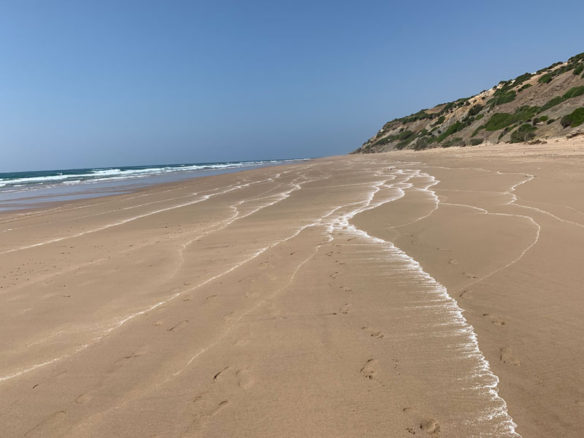
White stripes of decomposed styrofoam on the beach. Photograph: © SAF — Coastal Care.
“The unprecedented plastic waste tide plaguing our oceans and shores, can become as limited as our chosen relationship with plastics, which involves a dramatic behavioral change on our part…”
— Claire Le Guern, author of “When The Mermaids Cry: The Great Plastic Tide” ©.
Excerpts;
Trillions of small plastic pellets known as nurdles have been escaping from petrochemical plants into waterways and oceans for decades. Only lately has serious action been taken to figure out what can be done, including a monumental settlement in Texas…
Read Full Article; CNN (12-11-2019)
“>Read Full Article; CBS (12-1′-2019)
Plastic Pollution: “When The Mermaids Cry: The Great Plastic Tide,” Coastal Care
Plastic is versatile, lightweight, flexible, moisture resistant, strong, and relatively inexpensive. Those are the attractive qualities that lead us, around the world, to such a voracious appetite and over-consumption of plastic goods. However, durable and very slow to degrade, plastic materials that are used in the production of so many products all, ultimately, become waste with staying power. Our tremendous attraction to plastic, coupled with an undeniable behavioral propensity of increasingly over-consuming, discarding, littering and thus polluting, has become a combination of lethal nature…









